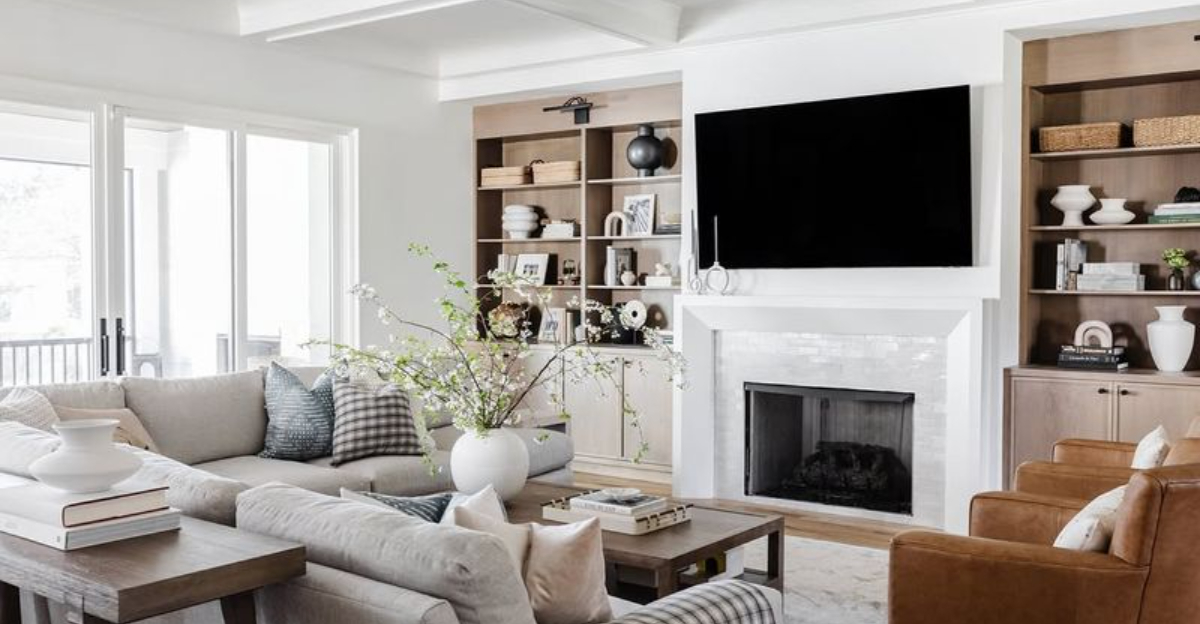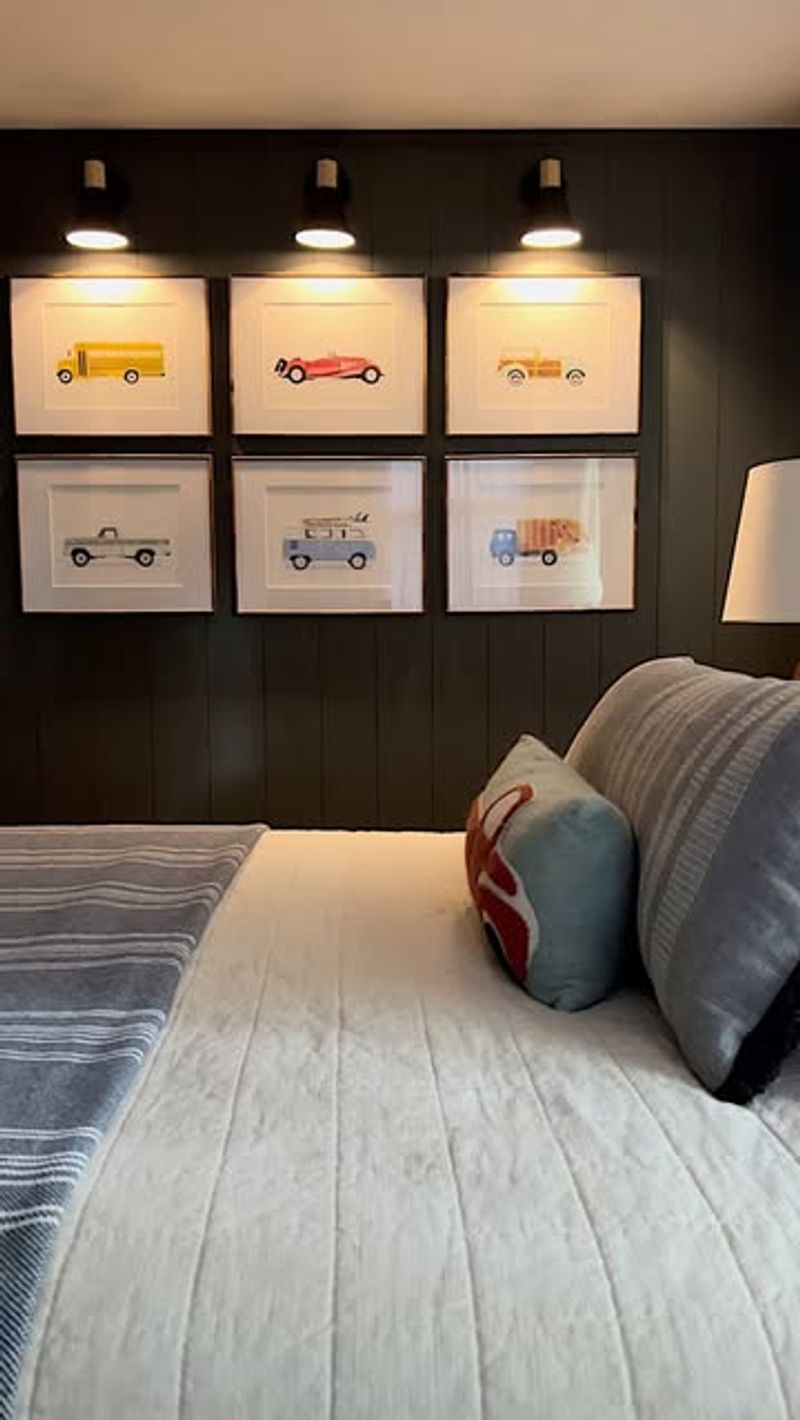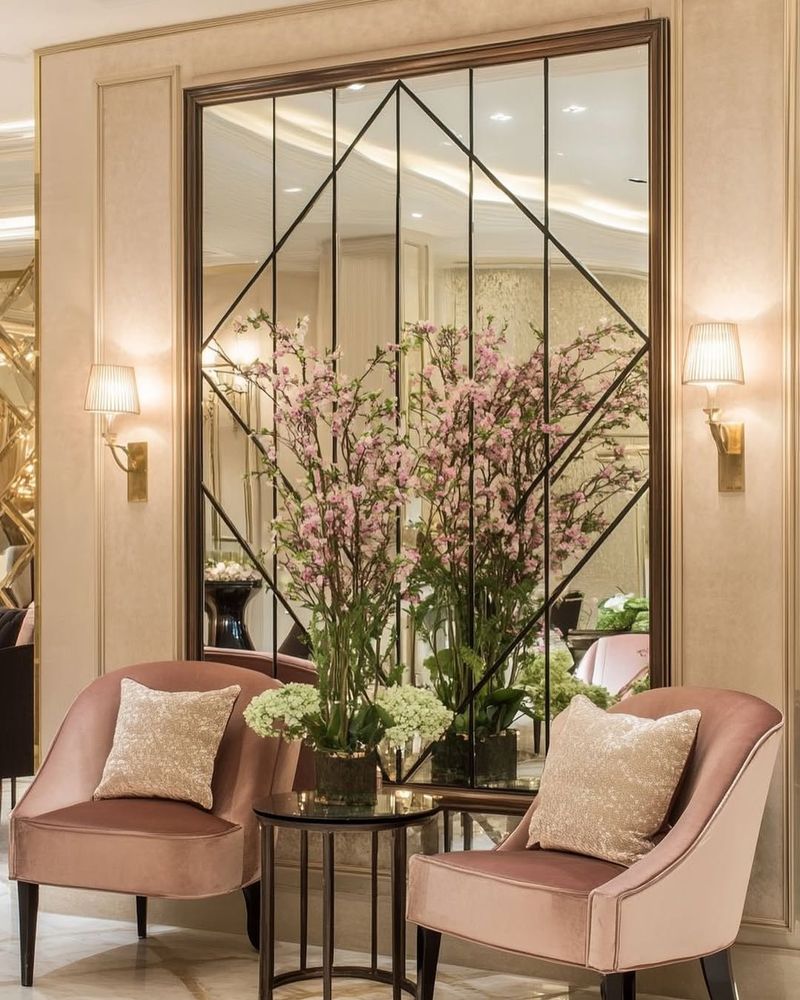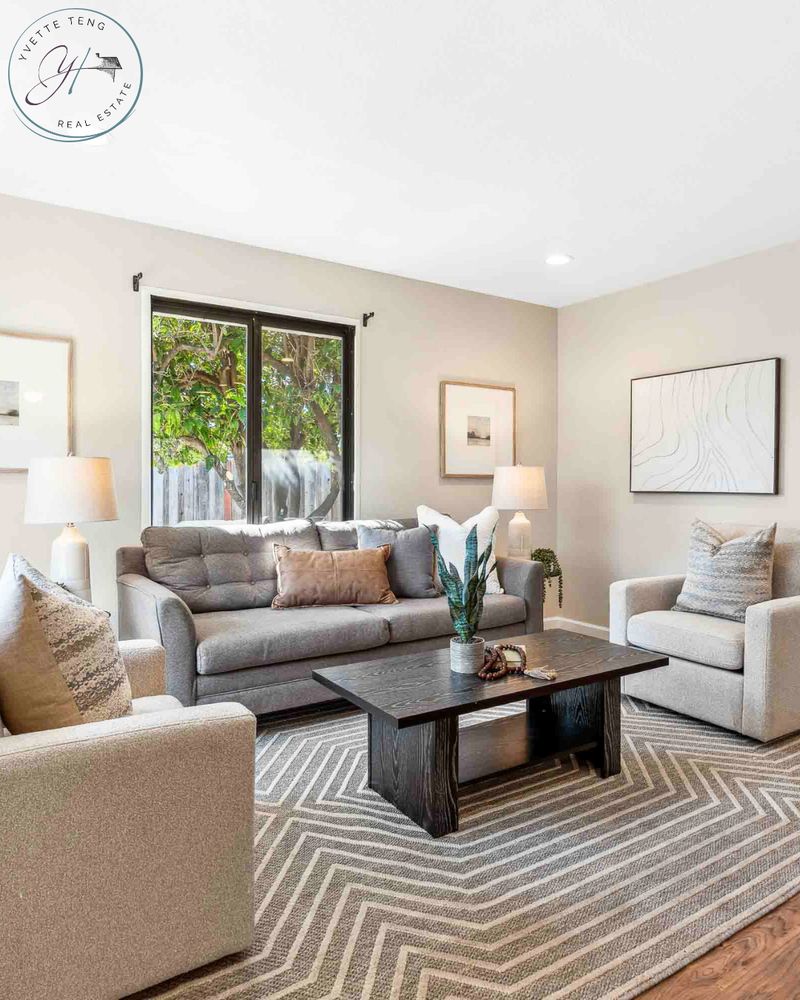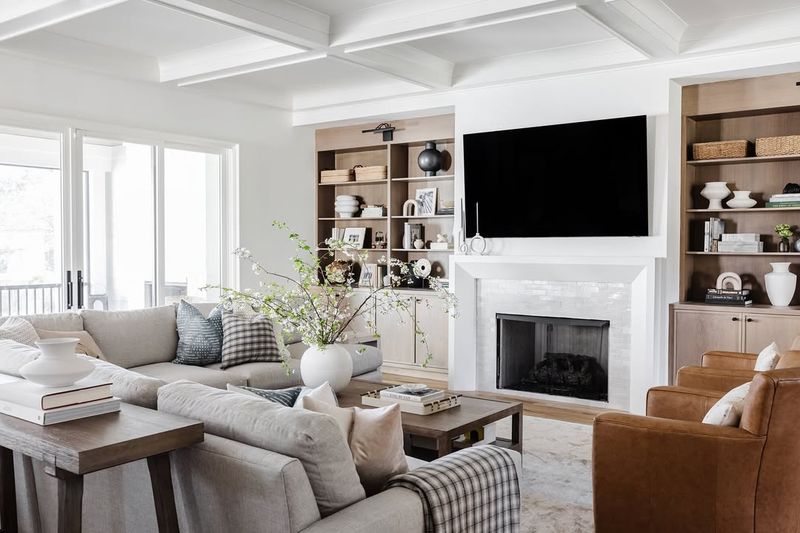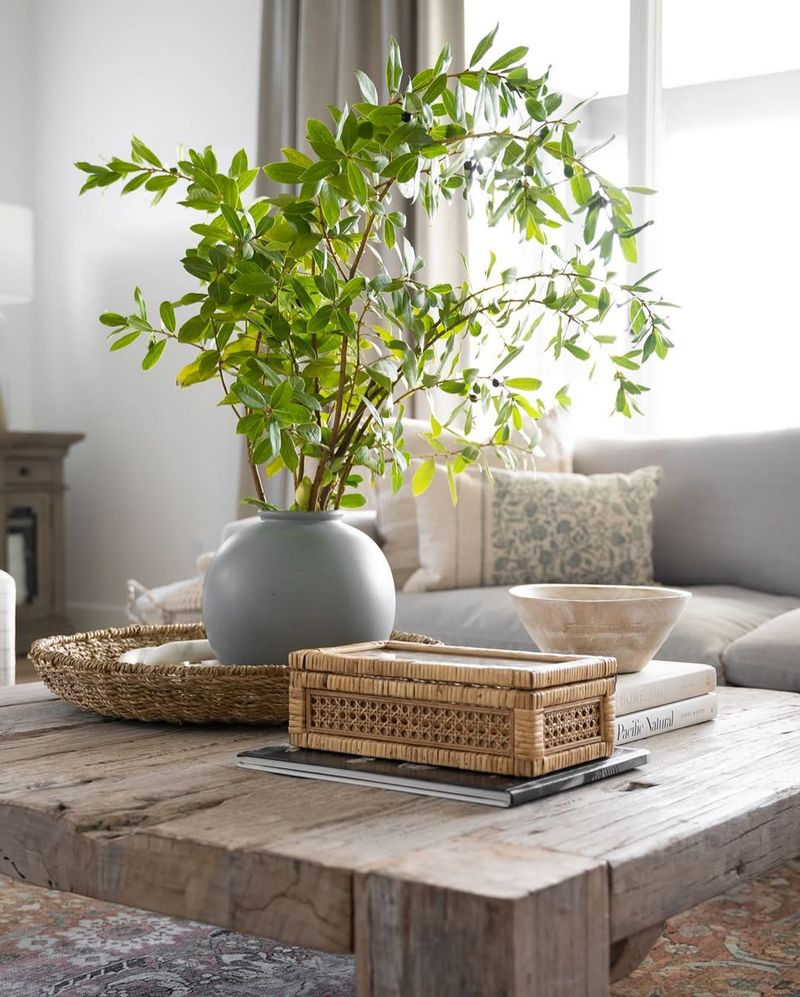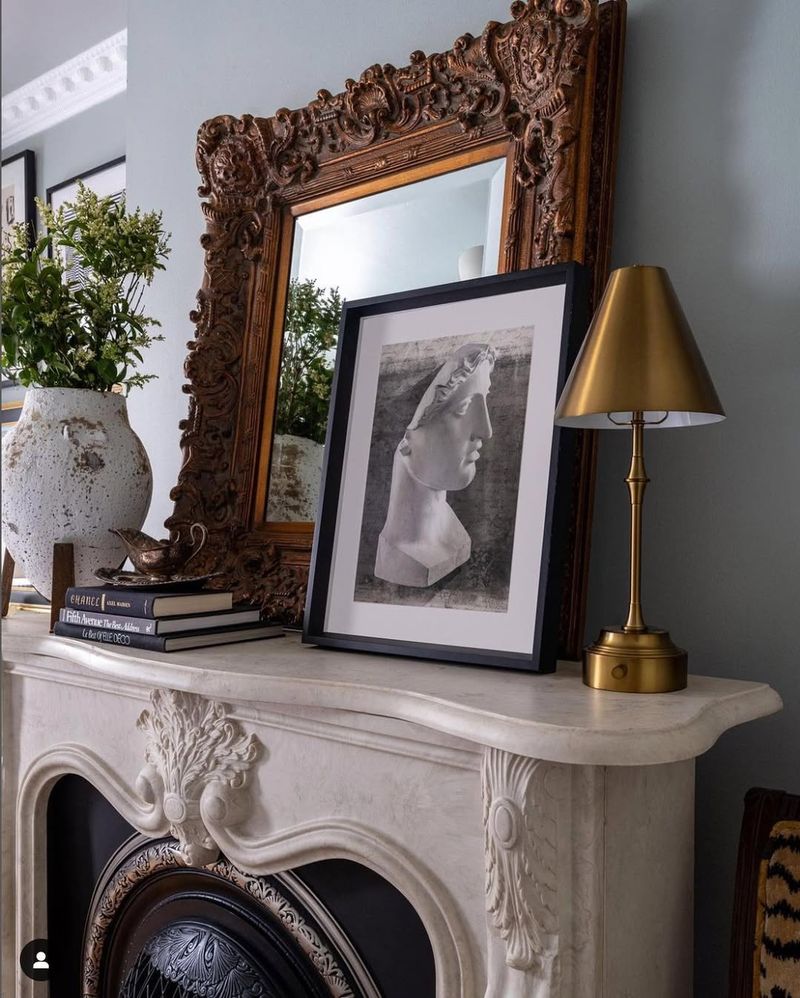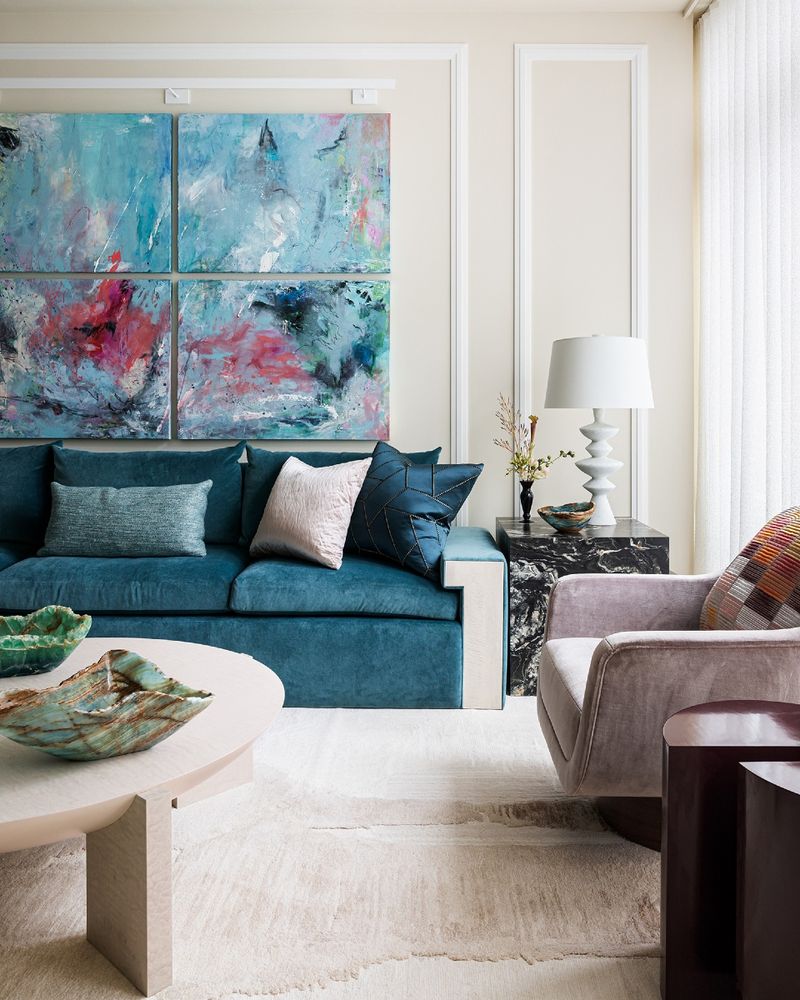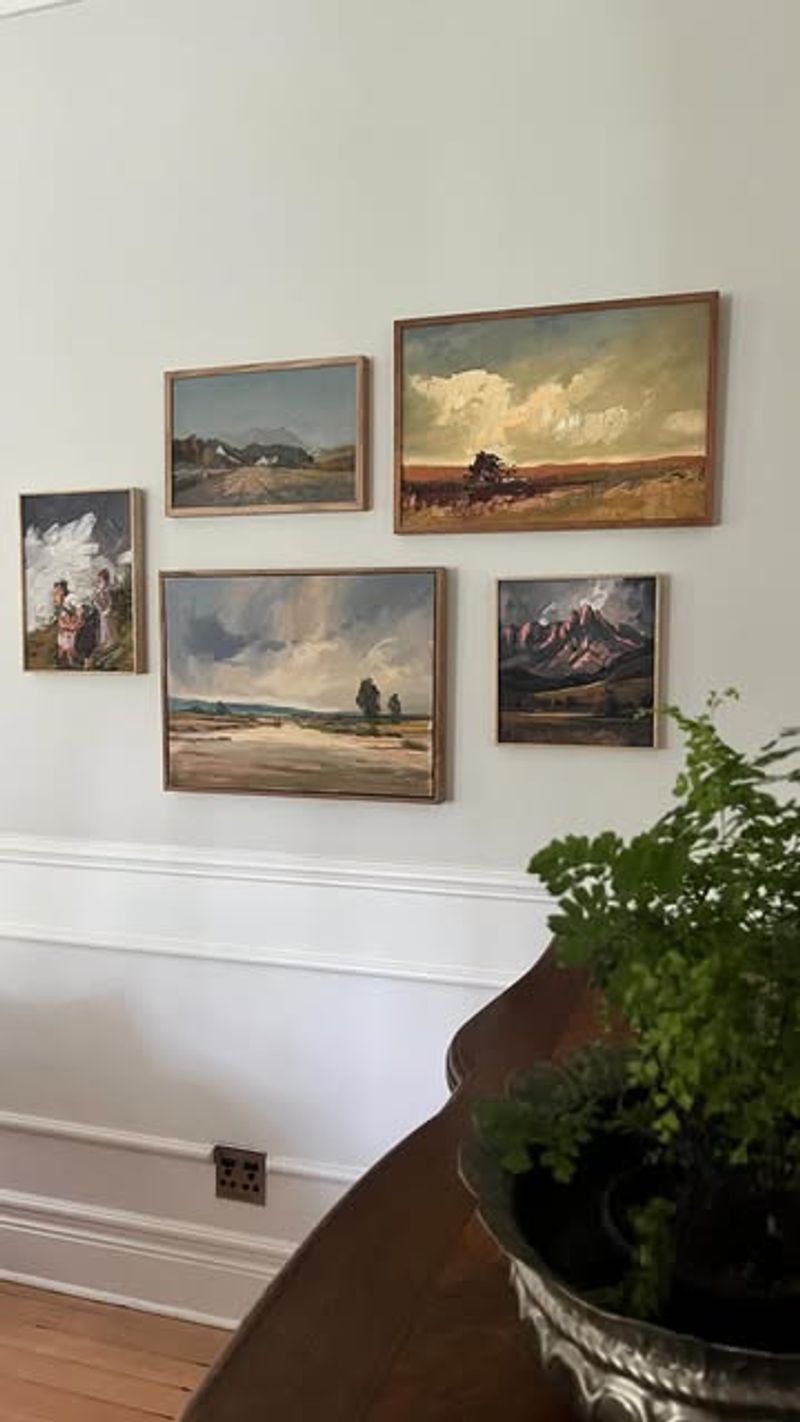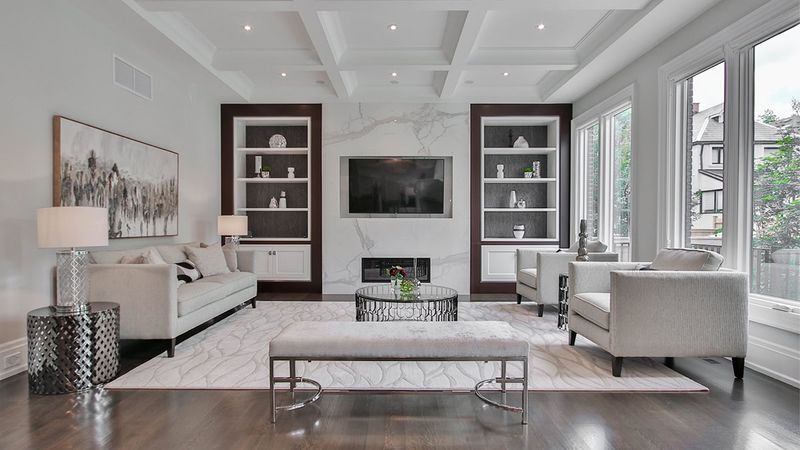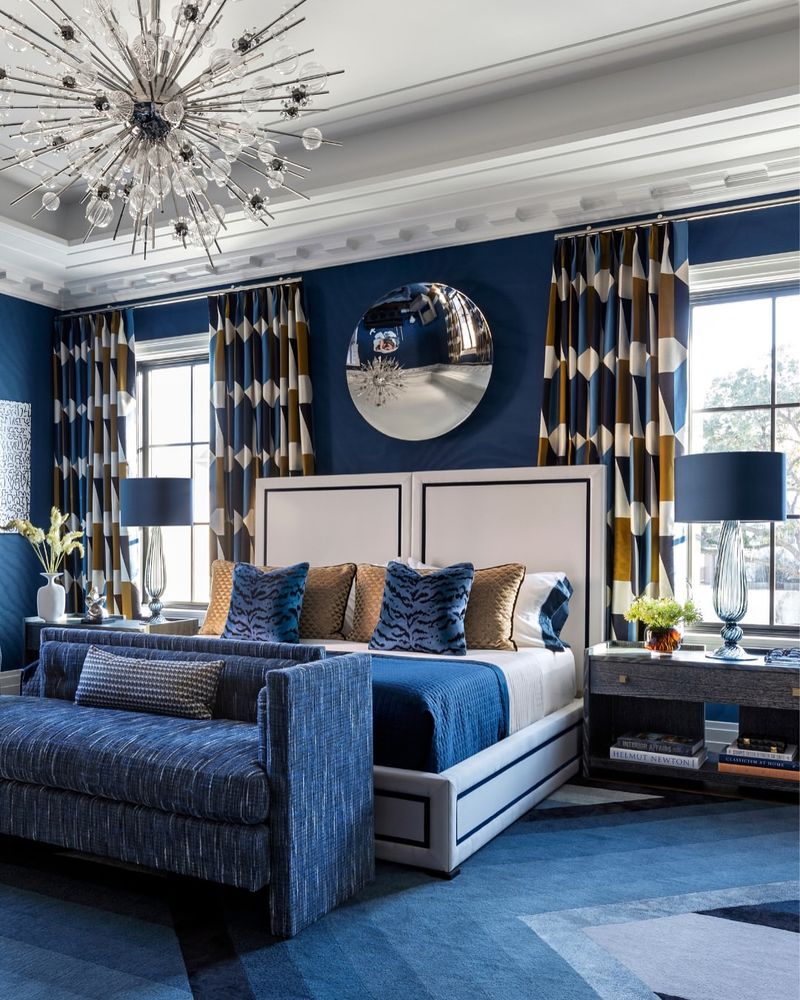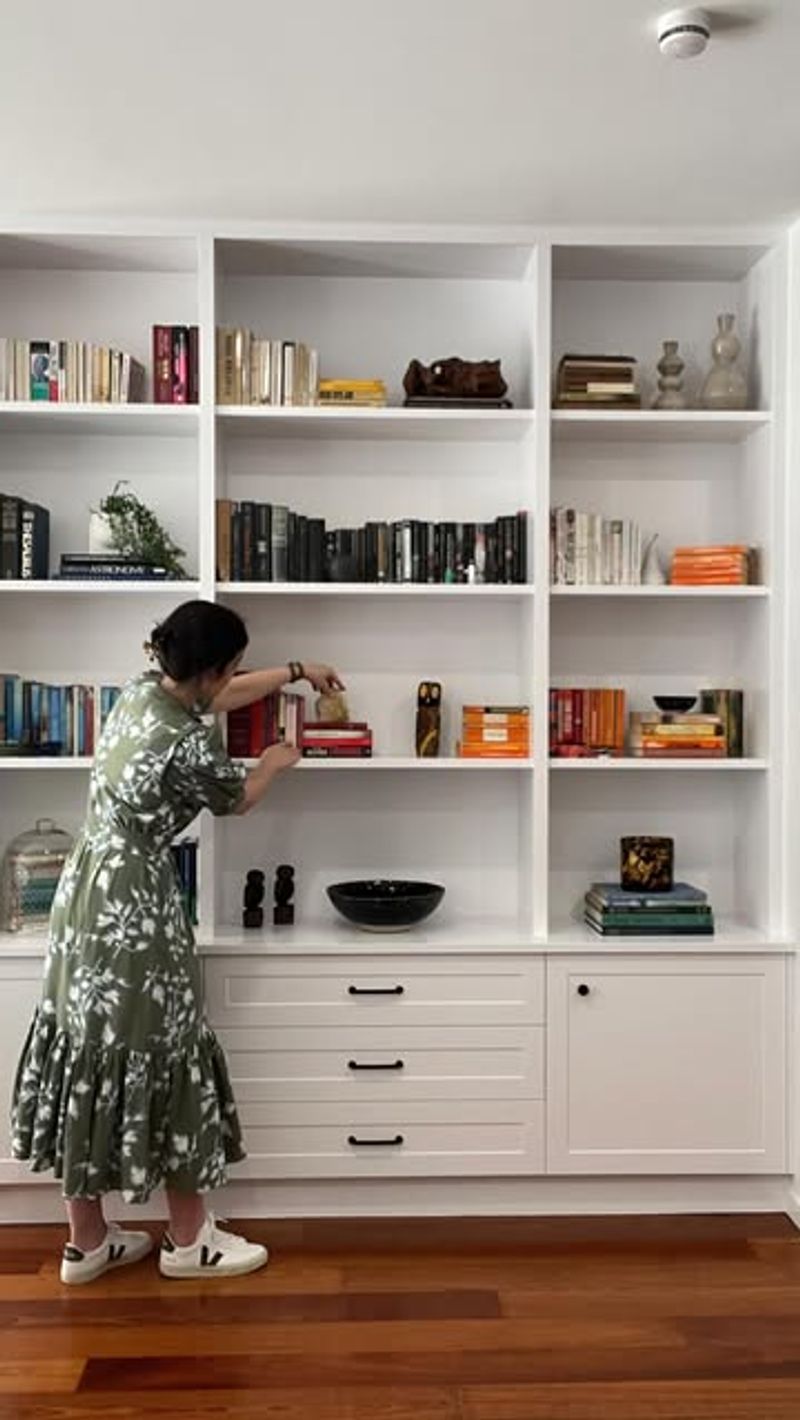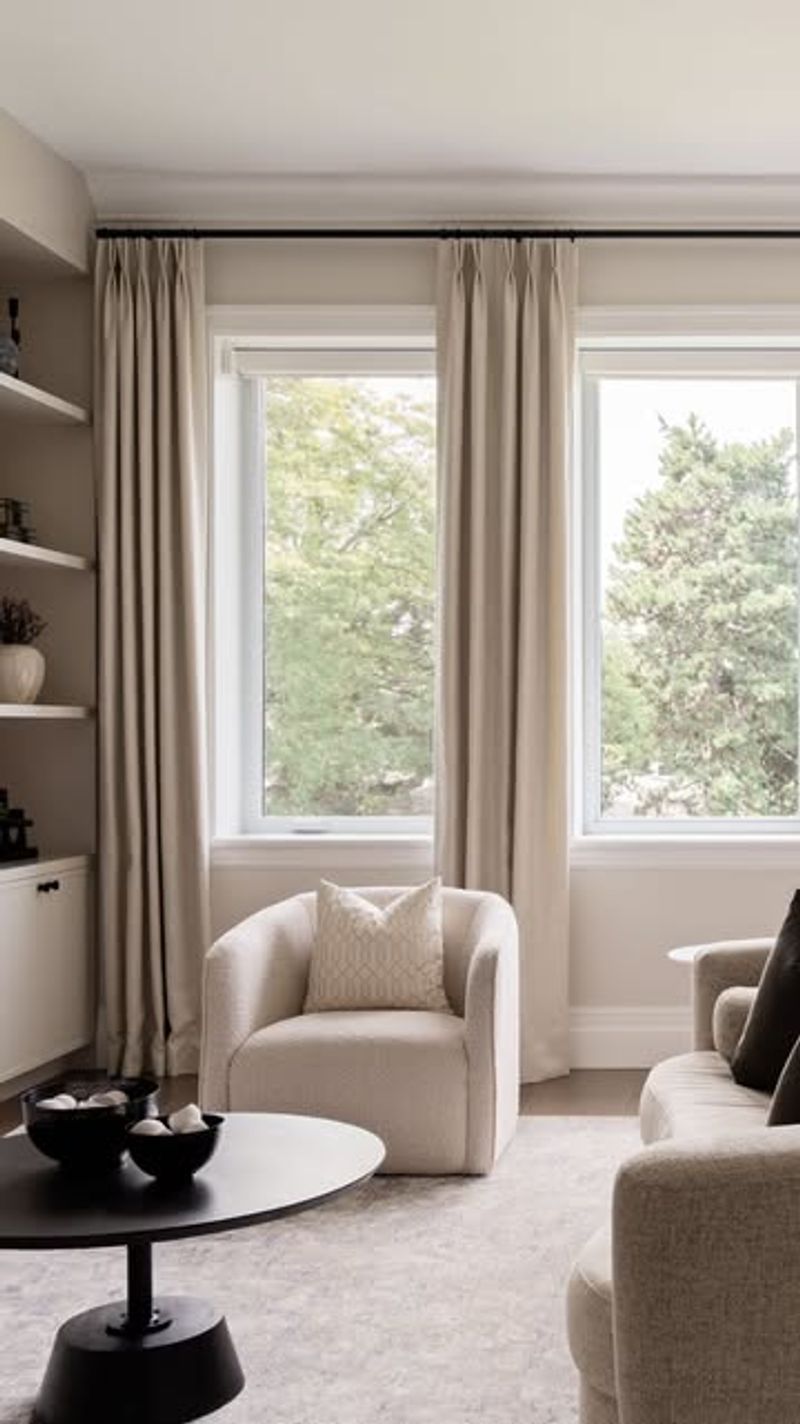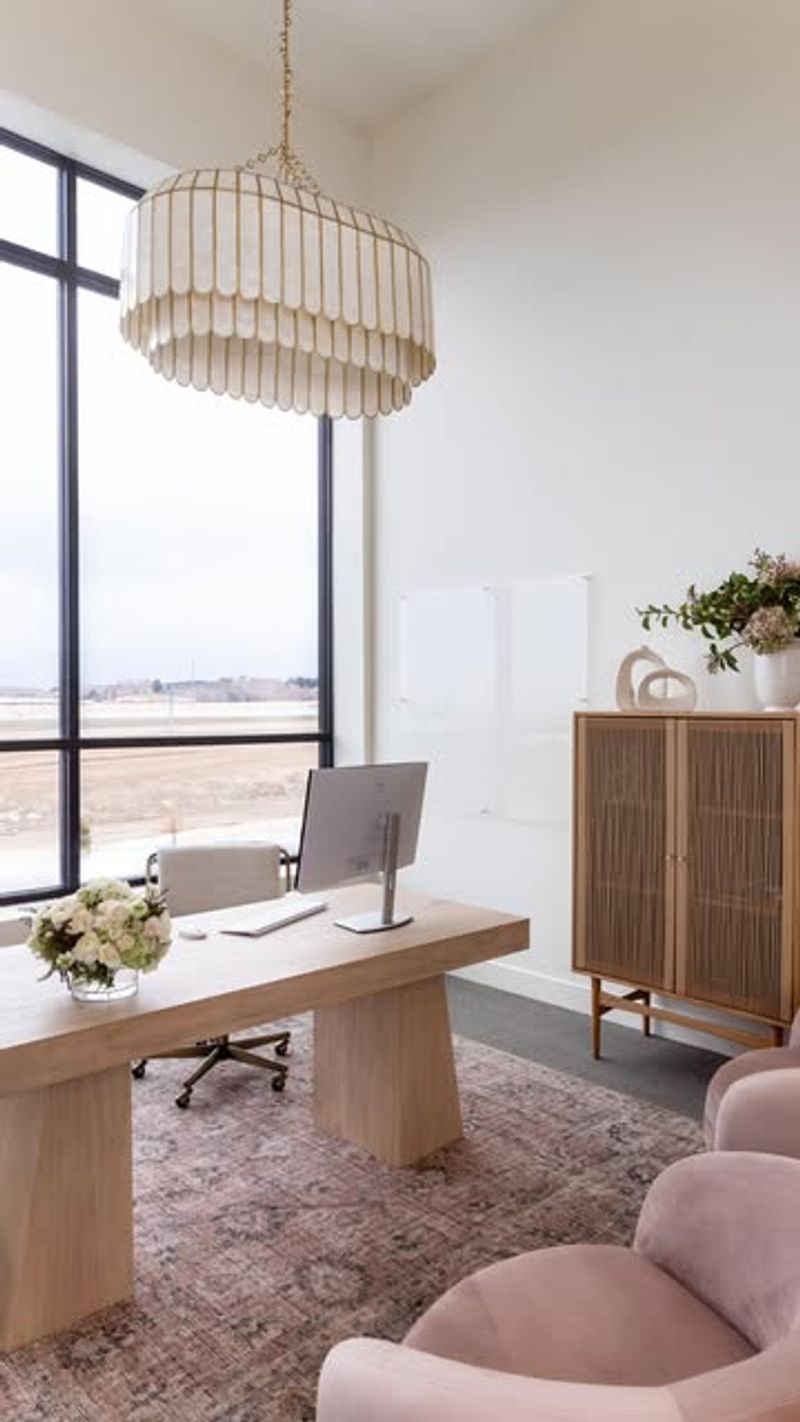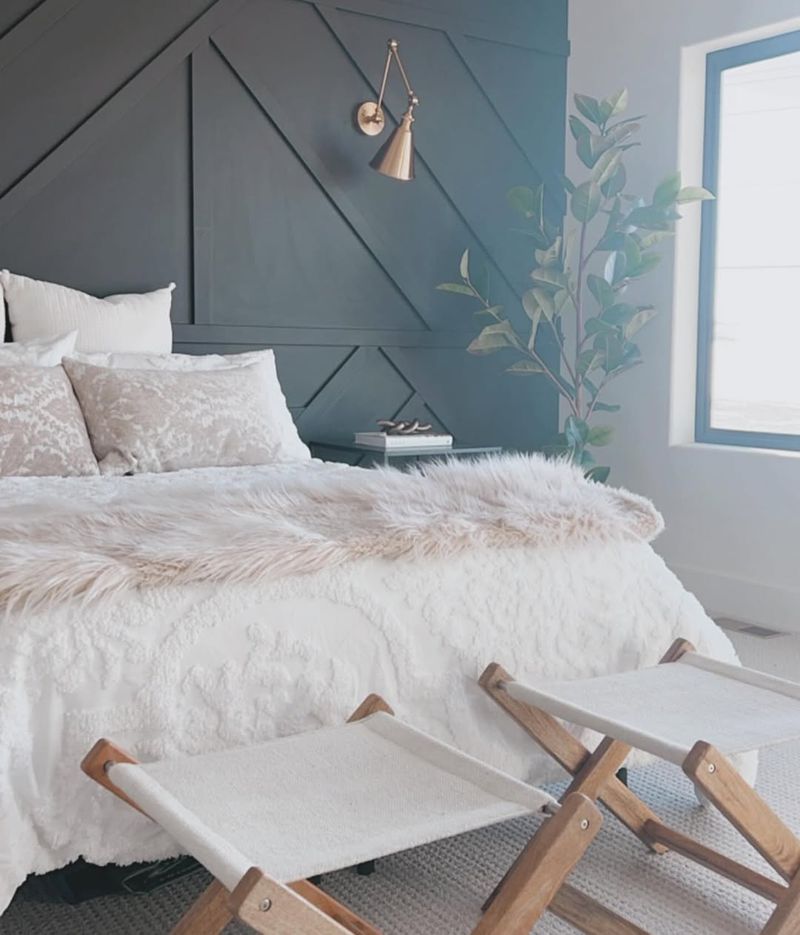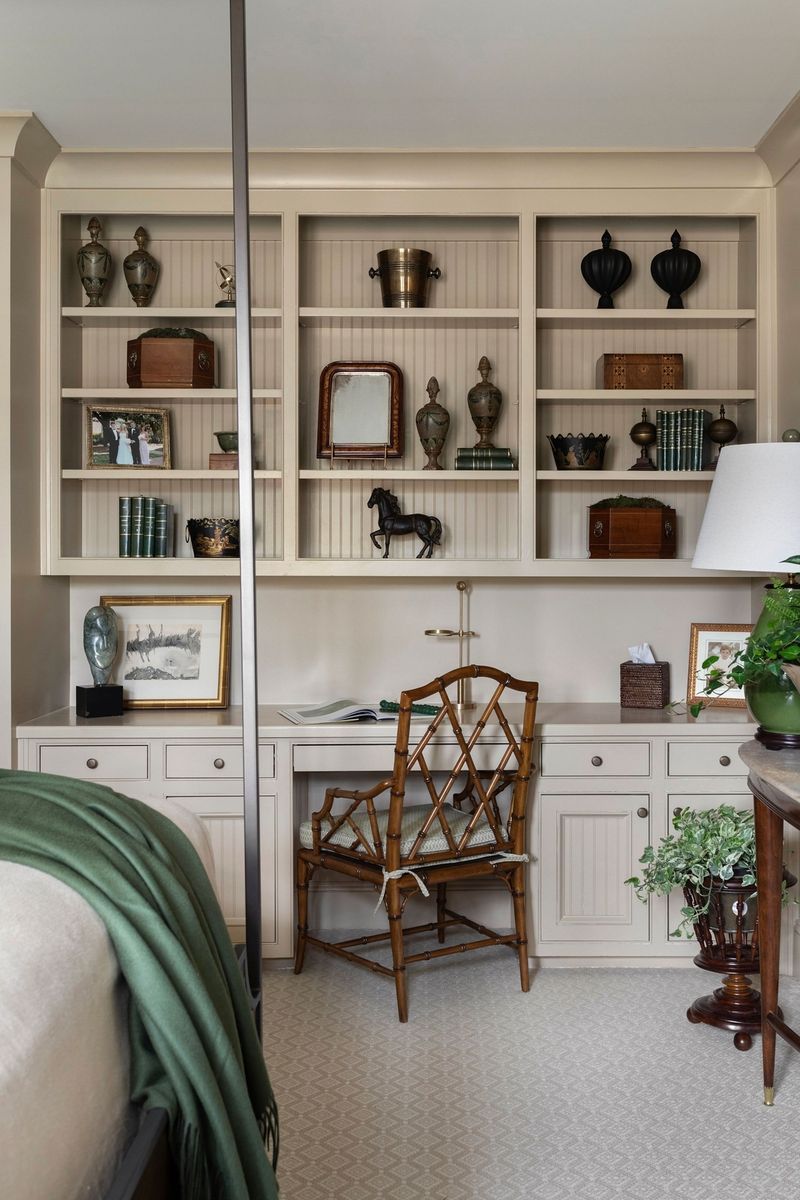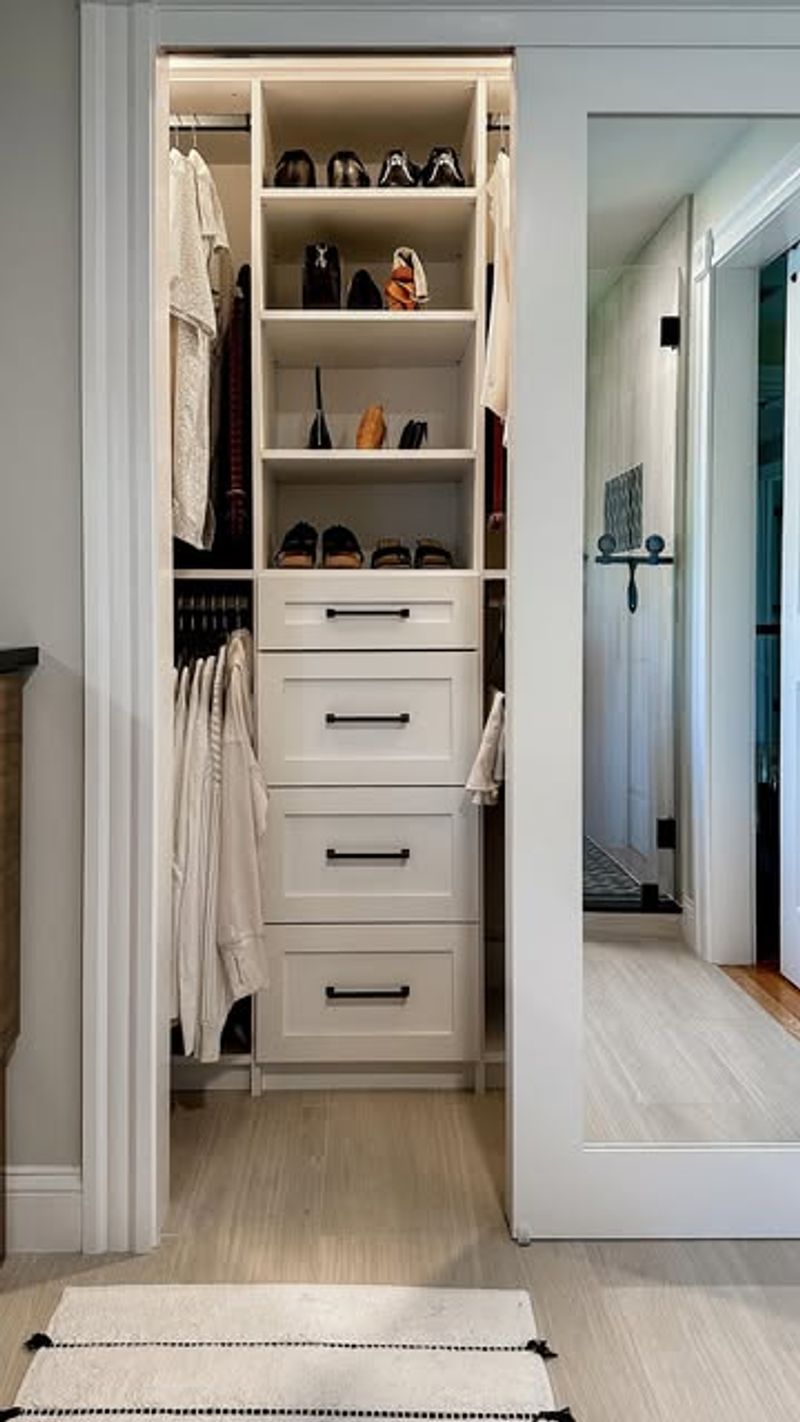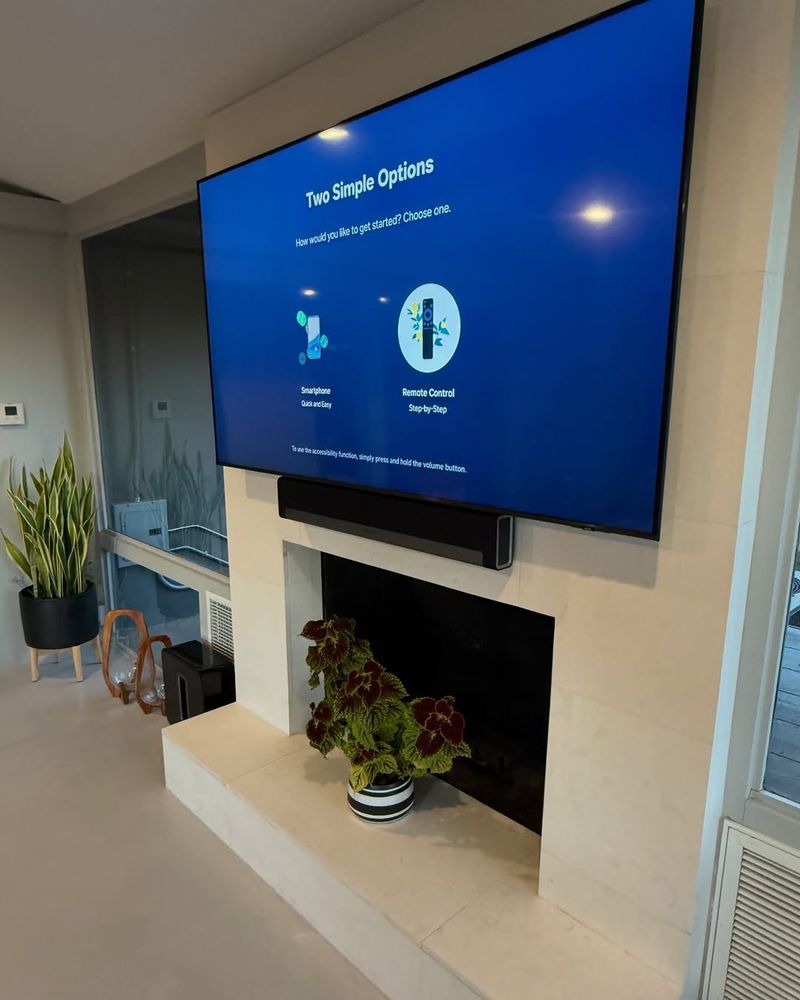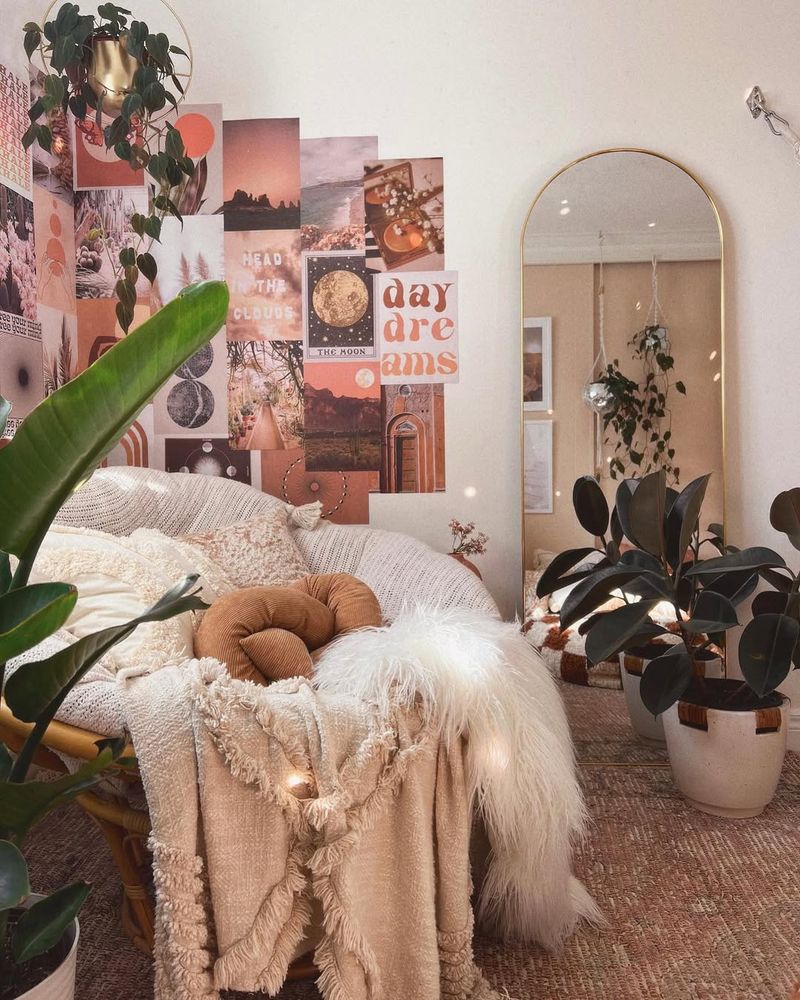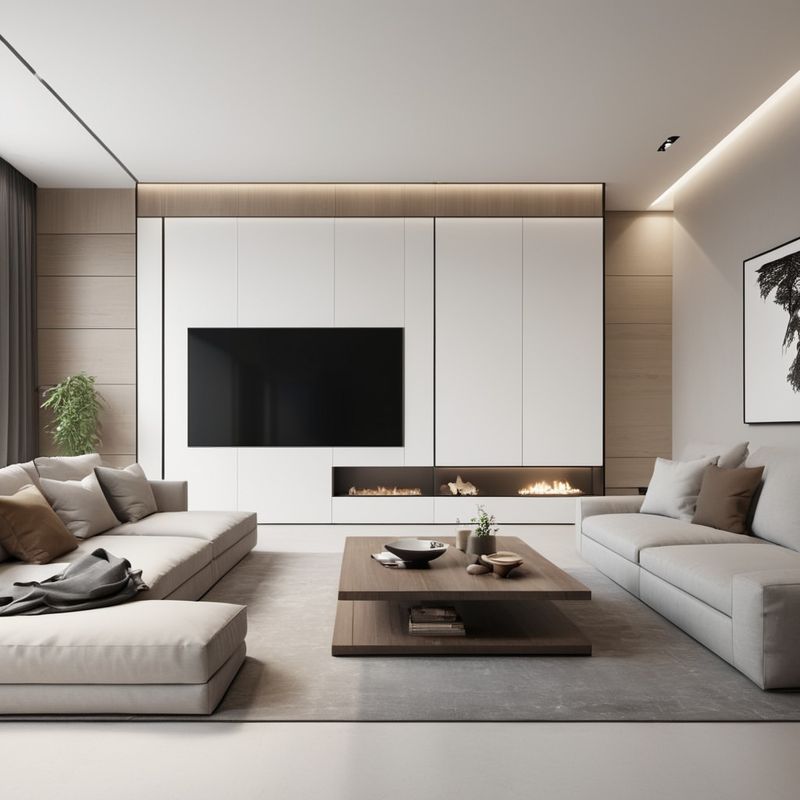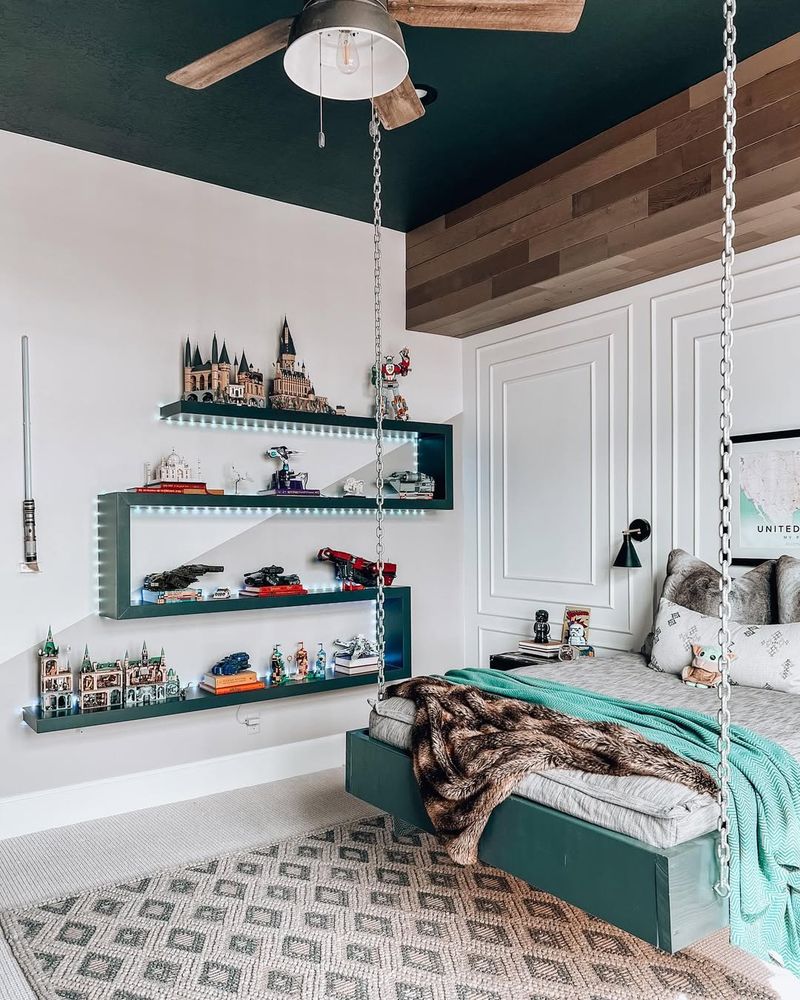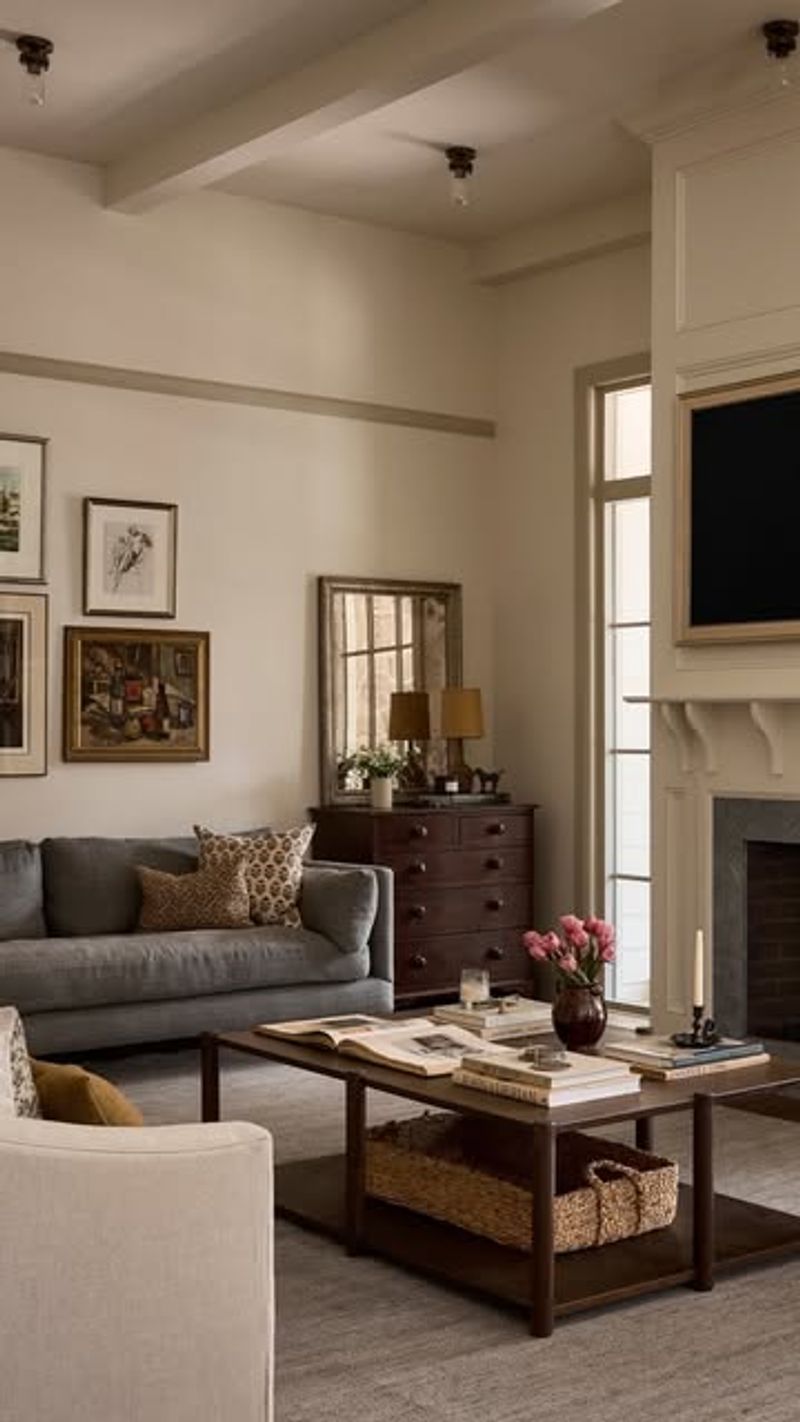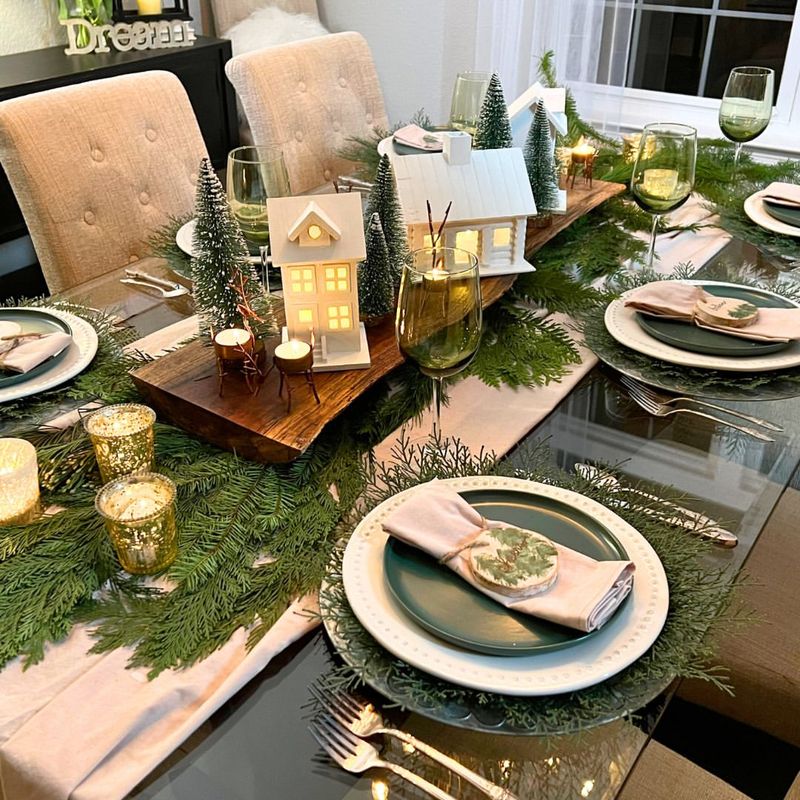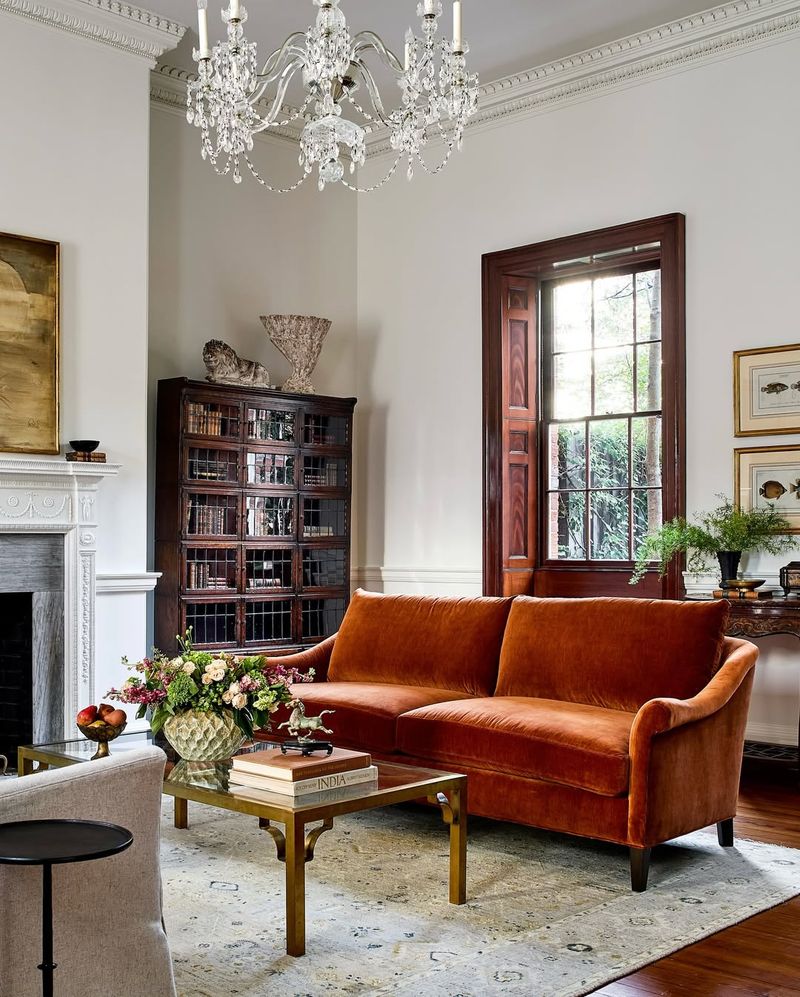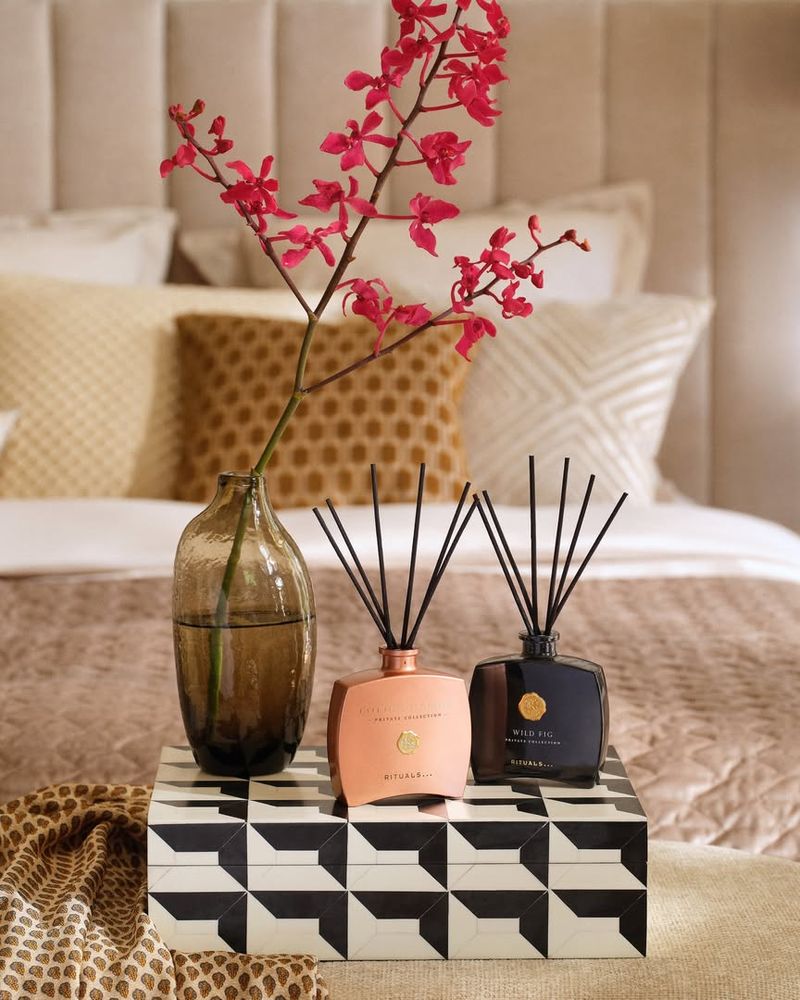When it comes to transforming a room from ordinary to extraordinary, stylists have a knack for making spaces picture-perfect. Ever wonder how they do it? With just a few clever techniques, any room can be elevated to look stunning on camera.
Join me as I reveal 24 unique tricks that can turn your space into a photo-ready masterpiece. Each tip is crafted to help you bring out the best in your room, with actionable advice and insights to spark your creativity.
1. Play with Lighting
Lighting can transform a room in magical ways. By strategically placing lamps and light fixtures, you can highlight the room’s best features and create a specific mood.
Consider the use of warm lights to add a cozy feel or cool lights to give a modern vibe. Experimenting with different light intensities can also bring depth and focus to particular areas.
Furthermore, leveraging natural light whenever possible adds a fresh and airy touch, making the room feel vibrant and alive.
2. Use Mirrors Wisely
Mirrors are more than just functional pieces; they can enhance the room’s sense of space and brightness. By placing a mirror opposite a window, you can bounce light throughout the room.
They also create an illusion of expansiveness, which makes small rooms feel larger. Selecting a mirror with an ornate frame can add a touch of elegance and act as an artistic element.
However, be careful with placement to avoid unflattering reflections, especially if photographing the room.
3. Incorporate Rugs and Textiles
Rugs and textiles bring warmth, color, and texture to a room, effortlessly elevating its aesthetic. A well-chosen rug can define different areas, creating zones within a larger space.
Textures like velvet cushions or woven throws add depth and interest, making the room feel welcoming. Mixing patterns and colors can inject personality, but stick to a cohesive color palette.
Moreover, rugs can soften hard floors, providing comfort underfoot and making any room feel inviting and lived-in.
4. Create a Focal Point
A focal point anchors the room and draws the eye, creating a sense of order and balance. It could be an art piece, a fireplace, or a striking piece of furniture.
The key is to choose something that stands out yet complements the overall style of the room. Once the focal point is established, arrange furniture and decor around it to highlight its prominence.
This technique not only adds visual interest but also guides the viewer’s eye naturally through the space, enhancing its appeal.
5. Add Greenery
Plants breathe life into any room, offering a fresh, natural element that can transform the ambiance. Different types of greenery can fill corners or act as centerpieces on tables.
Whether it’s a tall potted plant or small succulents, incorporating plants adds color and vibrancy. Besides aesthetics, plants improve air quality, making the space healthier.
If caring for live plants seems daunting, high-quality artificial options can provide the same visual benefits without the maintenance.
6. Layer Accessories
Layering accessories is an art that can add depth and character to your room. Start with larger items like vases or books, then layer in smaller objects such as candles or figurines.
This approach creates a curated look that reflects personality and style. It’s about the balance between cohesion and contrast, ensuring each accessory complements the others.
Moreover, rotating accessories seasonally can keep the space fresh and interesting without the need for a total redesign.
7. Use Color Strategically
Color has the power to transform a space instantly. Choosing a cohesive color palette can unify the room’s design and create a harmonious look.
Bold colors add drama and energy, while pastels offer a calming effect. Consider the psychological impact of colors; blues for tranquility, reds for warmth, or yellows for cheerfulness.
Additionally, using color in unexpected ways, such as painted ceilings or colorful trims, can add a unique twist, making the room memorable.
8. Curate Art Displays
Art can captivate and define a room’s character. Creating a gallery wall with a mix of artworks, from paintings to photographs, adds personal flair and visual interest.
When curating art, consider varying sizes and frames to create depth and intrigue. Balance is key; ensure there’s a rhythm to the arrangement that guides the eye naturally.
Additionally, changing the artworks periodically keeps the room dynamic, allowing for seasonal themes or new inspirations to shine.
9. Balance Symmetry and Asymmetry
Harmonizing symmetry and asymmetry in a room can create an engaging and balanced design. Symmetrical arrangements bring order and calm, while asymmetrical setups add dynamism and interest.
For example, use matching lamps on either side of a sofa for balance, paired with an off-center artwork to introduce a playful twist.
The combination of these elements can lead to a harmonious yet exciting look, offering visual stability while maintaining a sense of creativity.
10. Play with Textures
Textures add depth and warmth to a room, enhancing its tactile appeal. Mixing different materials like wood, metal, and fabric creates a rich and inviting atmosphere.
For instance, pairing a leather sofa with a knitted throw or a smooth metal lamp with a rustic wooden table creates contrast and interest.
This interplay of textures also helps balance the visual and physical feel of a space, making it more engaging and comfortable for anyone who enters.
11. Arrange Books Creatively
Books can be more than just a source of knowledge; they can be a central design feature in any room. Stylists use books to add color, interest, and personality to shelves and tabletops. By arranging books creatively, you can bring a touch of sophistication and elegance to your space.
Consider stacking some books horizontally while placing others vertically to create visual interest. Interspersing decorative objects among books can also break up the monotony and add unexpected pops of style.
Actionable tip: Use books of different sizes and colors to play with height and symmetry. Don’t hesitate to incorporate personal touches, like a favorite vase or a small sculpture, to enhance the display.
12. Frame Views with Curtains
Curtains are more than just window coverings; they frame views and add softness to the decor. Choosing the right fabric and color can enhance the room’s style and mood.
Light, airy curtains can make a space feel open, while heavier drapes add warmth and coziness. The way curtains are hung also matters; floor-to-ceiling styles draw the eye upward, creating an illusion of height.
Thus, curtains not only serve a functional purpose but also contribute significantly to the room’s overall aesthetic.
13. Incorporate Statement Lighting
Statement lighting, like a bold chandelier or unique pendant, serves as both a functional and artistic element. These pieces draw attention, providing a focal point above dining tables or living spaces.
The design and scale of the fixture should complement the room’s style, enhancing its aesthetic appeal. Whether modern or vintage, statement lighting adds personality and sets the tone for the room.
Additionally, dimmable options allow for mood adjustments, making the space adaptable to different occasions and atmospheres.
14. Enhance with Wall Treatments
Wall treatments, such as textured paint or patterned wallpaper, add depth and character to a room. These elements can transform plain walls into statement pieces that draw the eye.
Choosing a bold print or an elegant texture can enhance the room’s style and set a specific mood. Whether it’s a feature wall or an entire room, wall treatments offer endless possibilities for creativity.
Furthermore, they provide an opportunity to express personal style, making the room truly unique and reflective of your taste.
15. Showcase Personal Collections
Showcasing personal collections adds a unique and intimate touch to a room, reflecting individual tastes and stories. Whether it’s books, vintage items, or travel souvenirs, these collections tell a personal narrative.
Arranging these items thoughtfully on shelves or tables can create a visually engaging display. Balance is crucial; avoid overcrowding to maintain a clean look.
Moreover, these collections can serve as conversation starters, offering guests a glimpse into your interests and experiences, thus personalizing the space beautifully.
16. Utilize Vertical Space
In rooms with limited floor space, utilizing vertical space is essential. Wall-mounted shelves or tall bookcases draw the eye upward, making the room feel larger.
These solutions offer additional storage without crowding the floor, keeping the space organized and airy. Choosing shelves that complement the room’s design ensures a cohesive look.
Additionally, vertical space can be used creatively for art displays or hanging plants, adding both function and flair to the room, enhancing its overall design and utility.
17. Integrate Technology Seamlessly
Incorporating technology into a room doesn’t have to disrupt the decor. Concealing cables and choosing sleek, modern devices can maintain the room’s aesthetic while offering functionality.
Wall-mounted TVs or built-in sound systems keep things tidy and organized, avoiding clutter. Consider smart home devices that integrate seamlessly with the room’s design.
Moreover, keeping technology in mind during the planning phase allows for a cohesive look, ensuring that tech complements rather than competes with the overall decor.
18. Create Cozy Nooks
Creating a cozy nook within a larger room offers a space for relaxation and leisure. A comfortable chair paired with a small table or bookshelf invites one to unwind and enjoy some personal time.
Soft lighting enhances the nook’s warmth, making it an inviting spot to read or relax. Adding personal touches like a favorite blanket or a small plant can make the space feel personalized.
These nooks act as intimate retreats within a room, breaking up larger spaces and adding a layer of comfort and charm.
19. Embrace Minimalism
Embracing minimalism focuses on simplicity and functionality, creating a calm and uncluttered environment. Clean lines, neutral colors, and minimal decor emphasize the room’s essential elements.
This approach allows the beauty of the architecture and select pieces to shine, promoting a sense of tranquility. Keeping surfaces clear and choosing quality over quantity reduces visual noise.
Additionally, minimalism encourages mindful living, where each item is chosen for its purpose and beauty, enhancing the room’s aesthetic while maintaining a serene atmosphere.
20. Include Unexpected Elements
Incorporating unexpected elements can add surprise and intrigue to a room, making it memorable. This could be an unusual piece of furniture, an art installation, or a bold color choice.
These elements serve as conversation starters and can be focal points that draw the eye and provoke interest. Balance is essential to ensure these surprises enhance rather than overwhelm the space.
Furthermore, unexpected elements allow for creative expression, showcasing personality and adding a unique touch that sets the room apart.
21. Highlight Architectural Features
Highlighting a room’s architectural features can add character and charm, celebrating its unique design. Exposed beams, original moldings, or a striking fireplace can serve as beautiful focal points.
Emphasizing these features with complementary colors or lighting can enhance their presence. Keeping decor simple allows the architecture to stand out and speak for itself.
Moreover, appreciating and preserving these elements adds historical context and depth, giving the room a timeless and authentic appeal.
22. Leverage Seasonal Decor
Seasonal decor offers a refreshing way to update a room’s look throughout the year. Incorporating elements like autumn leaves or spring flowers can bring the beauty of the season indoors.
These changes don’t require a full makeover; simple swaps like cushion covers or decorative accents can achieve the desired effect. Seasonal scents, such as candles or diffusers, enhance the sensory experience.
Thus, leveraging seasonal decor keeps the space vibrant and current, allowing it to evolve naturally with the changing seasons.
23. Balance Old and New
Blending old and new elements can create a harmonious and eclectic room design. Vintage furniture paired with modern decor offers a unique juxtaposition that adds depth and interest.
This balance respects the charm of the past while embracing contemporary trends. Choosing pieces that complement each other in color or style ensures cohesion.
Furthermore, this approach allows for personal expression, combining cherished antiques with new finds to craft a space that feels both timeless and current.
24. Personalize with Scent
Scents can personalize a space, making it feel inviting and memorable. Using candles, diffusers, or incense can introduce a signature aroma that enhances the room’s ambiance.
Choosing scents like lavender for relaxation or citrus for energy can influence the room’s mood. The olfactory experience adds an often-overlooked layer to interior design.
Additionally, changing scents with the seasons or occasions keeps the room feeling fresh and dynamic, creating an inviting atmosphere that welcomes guests warmly.

